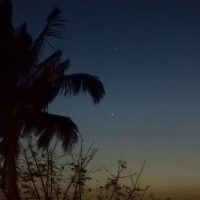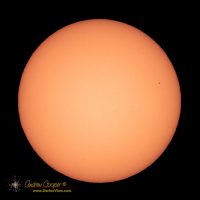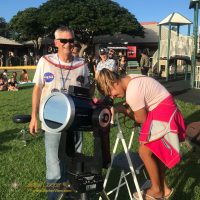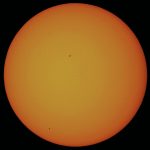On a past visit to the area I had tried to find this mill building, I missed it by mere yards, a few trees away. This time I was going to succeed.
The Mother Lode Mine is a mercury mine in the Ochoco Mountians of central Oregon. Here cinnabar ore was crushed and roasted to release quicksilver that would have been used in the region’s gold mines.
First claimed as a gold mine in 1899, mercury was discovered in 1900, mining continued off and on under various mining companies until 1968. Total production was likely around 352 flasks, or about 2,900 pounds of mercury.
Continue reading “Mother Lode Mine”




